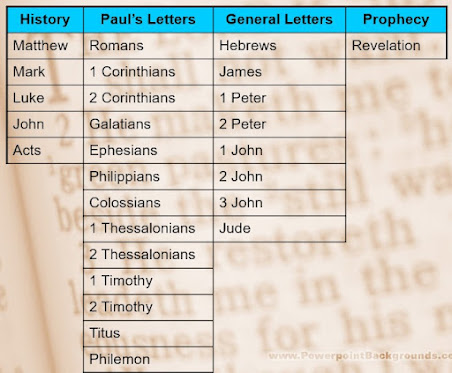If you don't know where you are going, any road with get you there. - Lewis Carroll
This blog identifies several basic curriculum terms and processes to help educators know the path or road to construct in their planning. These terms include
-- Defining the word “curriculum,”
-- Identifying four key curriculum questions,
-- Describing what is meant by “scope and sequence,” and
-- Defining the term “spiral curriculum.”
Curriculum is
defined as a course or path of study. The curriculum of an organization answers the questions:
what, why, to whom, and how to accomplish the learning goals of an organization
or group. These four questions
help us move along the teaching-learning pathway.
1. What should we teach?
2. Why should we teach this topic or
topics?
3. Who will we be teaching?
4. How are we going teach?
“What” is interrelated with “why.” These two questions should be dealt with simultaneously. If they are not, we may find ourselves teaching content without reason or having reason without content for accomplishing our purposes.
Why teach this topic or topics? “Why” is a question for identifying objectives, or goals (intentions). Why addresses the rationale for teaching a topic.
Goals are generally understood to be general purpose statements that apply to a thematically grouped number of lessons or units. Objectives are typically defined as behaviors that can be identified as a result of a specific lesson.
Who will we be teaching? This question asks us to identify a specific group of learners. Are they children, youth, adults, or a multi-generational group? What are their cultural characteristics? Do they have an advanced or beginning knowledge of the subject matter?
How are we going to teach? The “how” question asks about the methods, procedures, environment, and conditions by which we plan to teach. Will teaching-learning methods be directive or participatory? Will we be giving a lecture (information giving), leading a discussion (discovery learning), telling a story (imagination), or something else? Where will this teaching take place?
Curriculum planning also deals with “scope and sequence.” Scope and sequence refer to the “what” and “how” of teaching. They are part of the curriculum planning process.
Scope
refers to topics that are to be taught; specifically, how basic or difficult
will the content be from beginning to the mastery levels?
Sequence is the order in which
topics are to be taught over time.
This presentation has been an
introduction to several basic curriculum topics. These include defining
curriculum, four curriculum questions, scope and sequence, and spiral
curriculum.
These areas are key to planning teaching and learning experiences in any educational organization.
Following are references on which this
material is based.
Bruner, Jerome. The Process of Education. Harvard, 1960 and The Spiral Curriculum
Tyler,
Ralph W. Basic Principles of Curriculum and Instruction.
Ward, Ted. Curriculum: The Path to High-Worth Outcomes. Common Ground
Journal. v10 n1 (Fall 2012) 43
This blog is also available as a YouTube video, click here.







